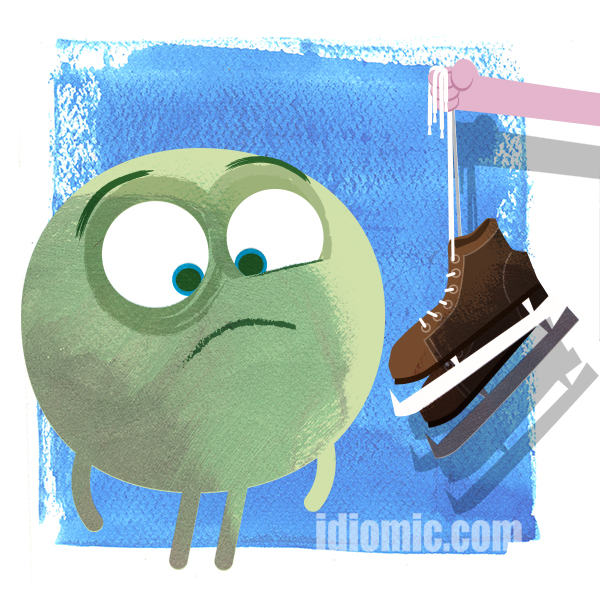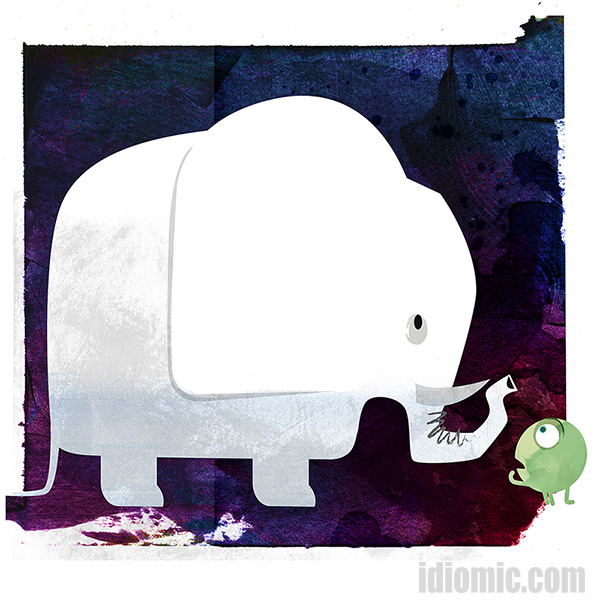Definition: Hurry up!
Example: “Get your skates on!” Martha yelled at her husband through the bathroom door. The airport was an hour’s drive away and their flight was leaving in forty-five minutes.
Origin:
More commonly used in the UK and Australia, this idiom simply refers to the fact that someone wearing ice skates can travel faster than somebody on foot (assuming that they have the required ice to skate on). It originally referred to ice skates, but during the Victorian era, it expanded to refer to roller-skates as they gained public popularity and the first rinks opened.
As a side note, skating is remarkably quicker. The top speed of a human being on foot is about 45 km/h (That’s you, Mr Usain Bolt), but only for short sprints. The top sprint speed for a speed skater is close to 60 km/h. It’s over longer distances that the difference really begins to show. At 10 000m, the world record on skates is around 12 minutes 40 seconds. On foot it is around 26 minutes 18 seconds, more than twice the time.
This idiom is by request from Elaine who says that idioms are far too often taken literally in her family. So Iddy, you’re not alone!



